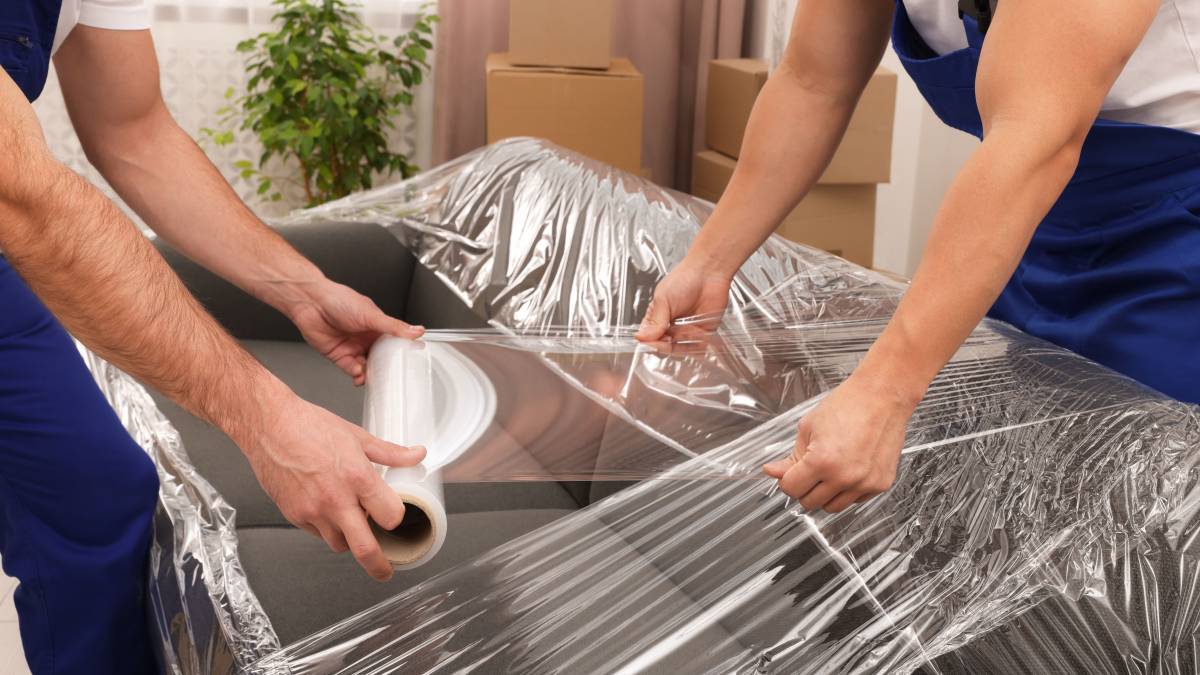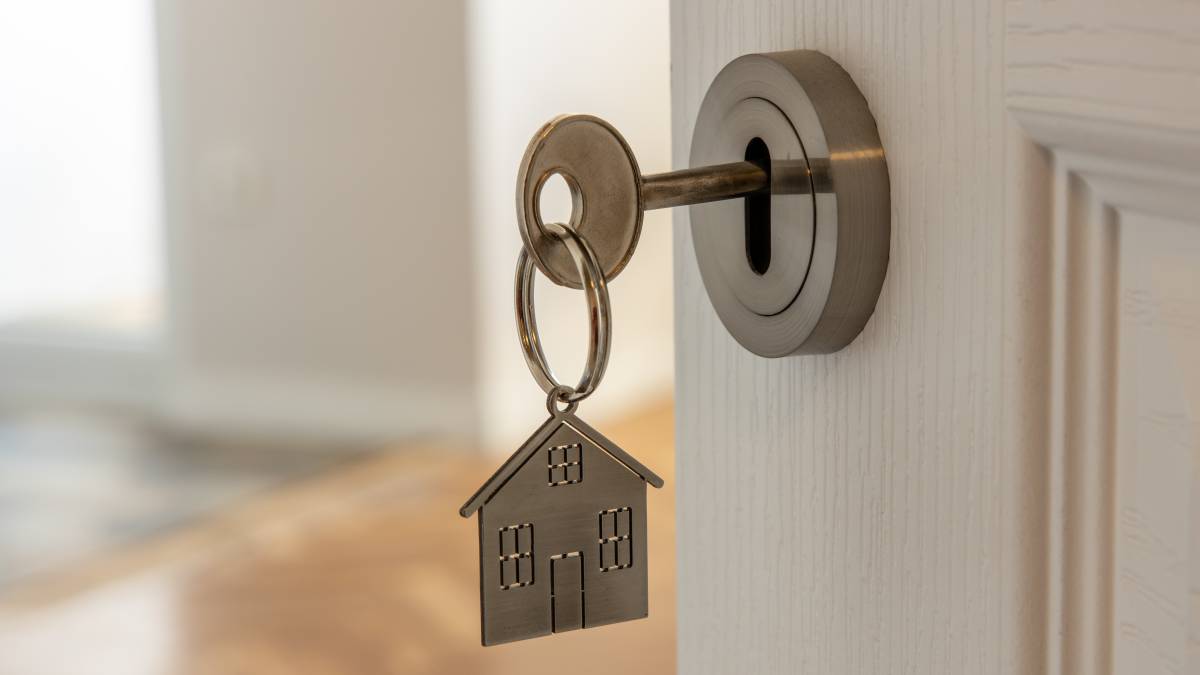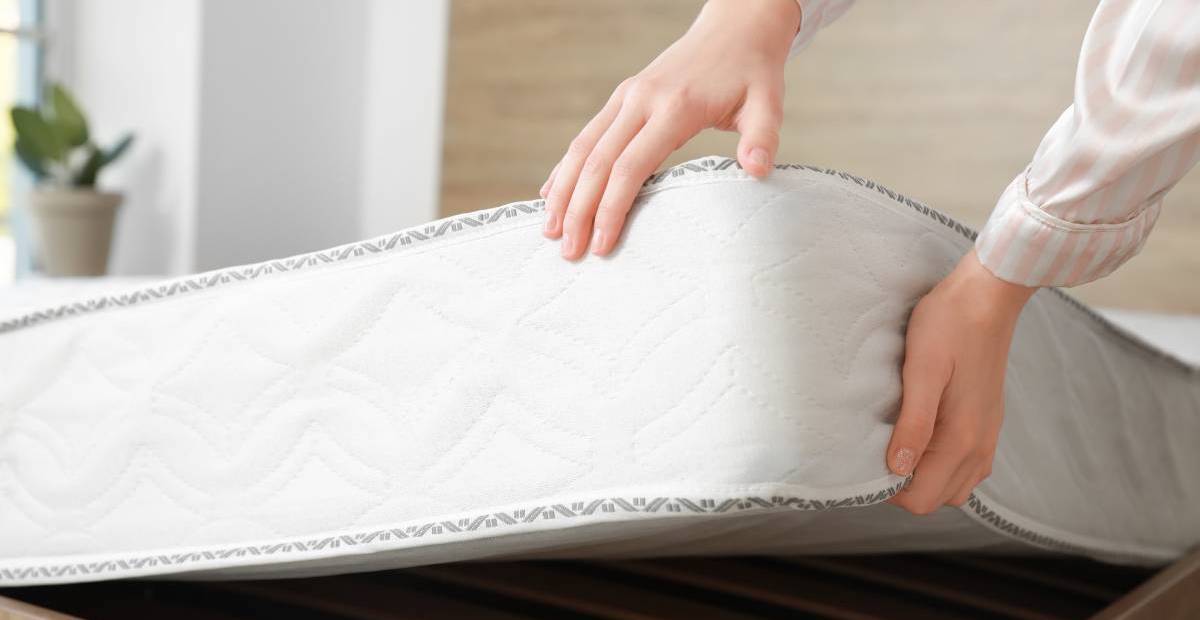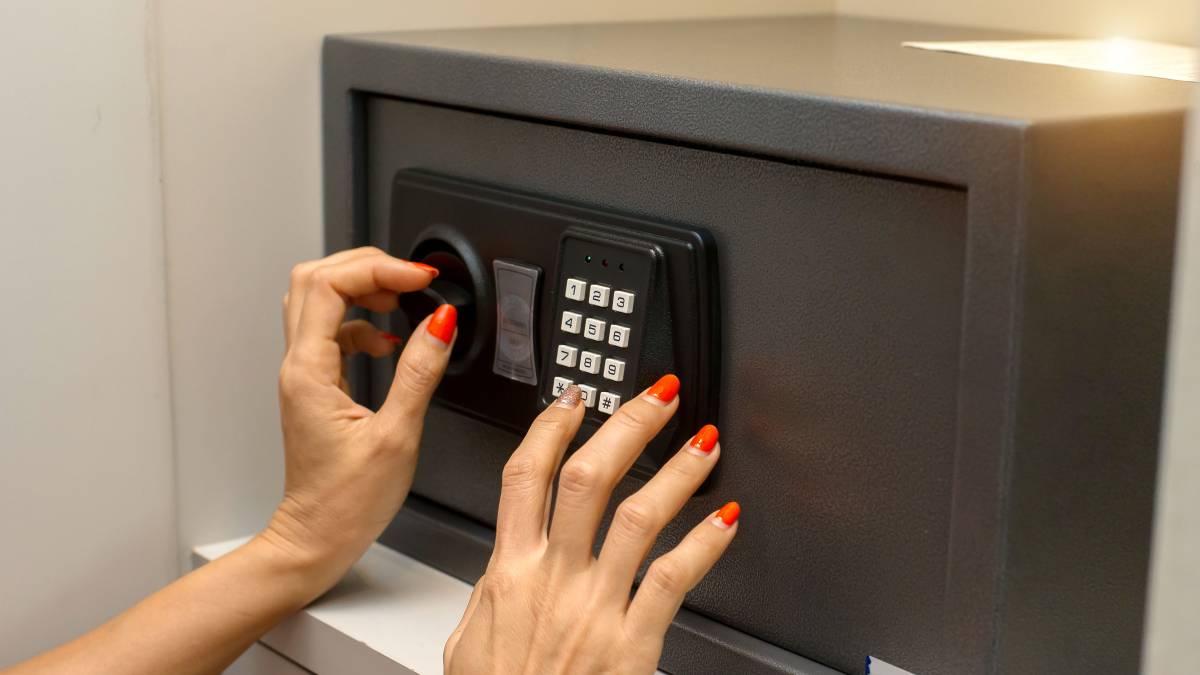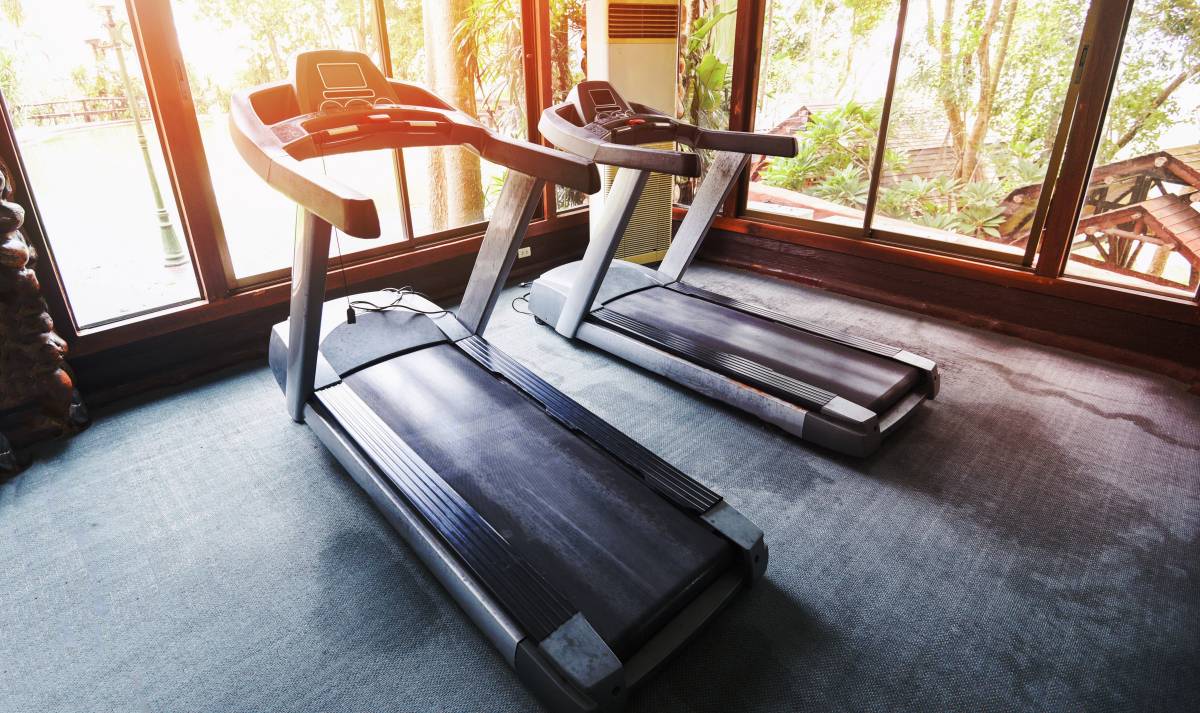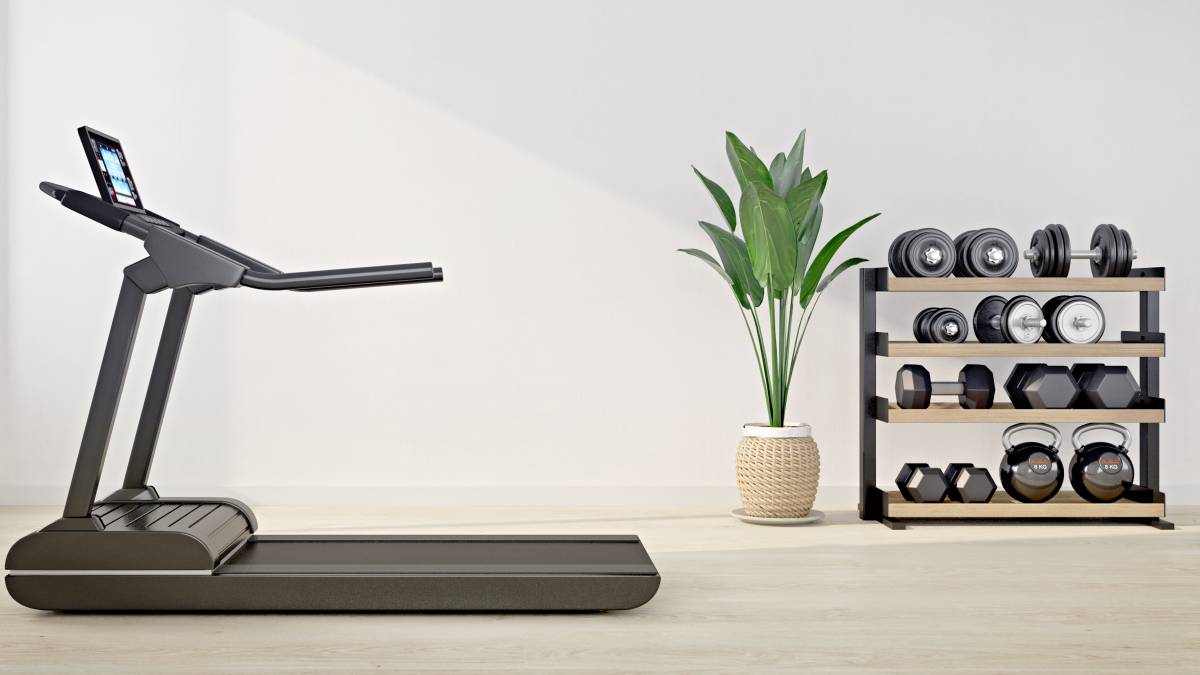- Home/
- Guides/
- Fitness Equipment Removals/
- How to Move an Elliptical
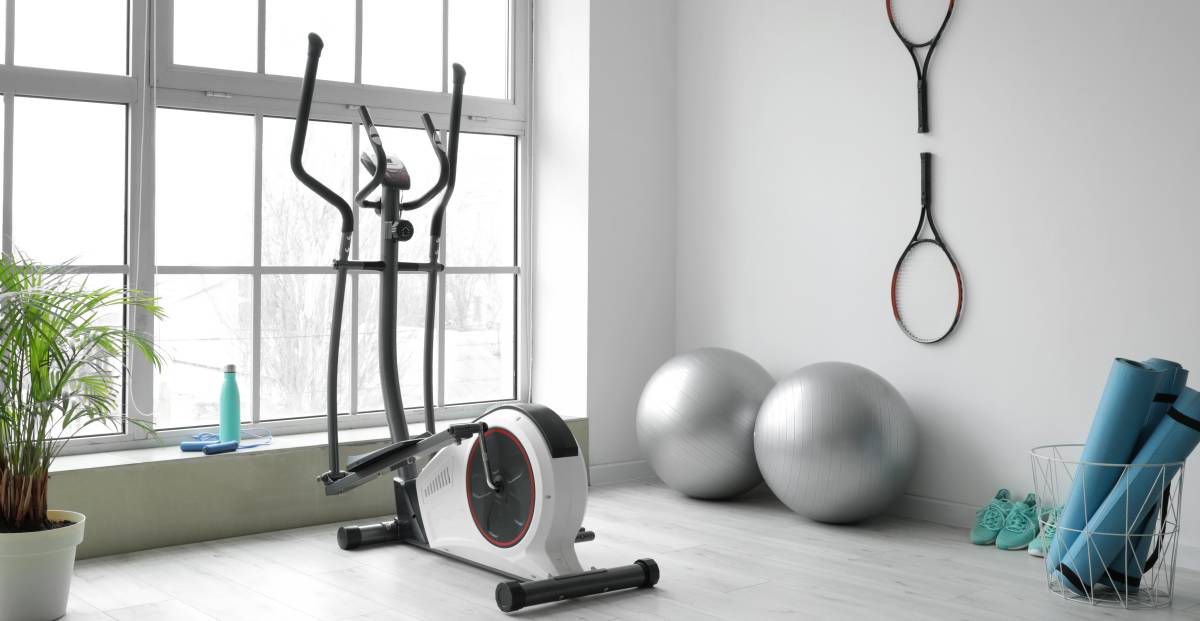
How to move an elliptical machine in 4 steps
Put those muscles to work as you lift and move your elliptical machine!
Get help moving gym equipmentLast Updated on
Whether you’re just planning on moving your elliptical bike up a flight of stairs or into a new flat, learning how to move an elliptical can seem a little complex at first glance. But it’s easier than you think! In just four steps, you can get your favourite workout equipment set up in its new spot.
Read on to get started!
Tools and equipment needed
Wrench and screwdriver - for disassembling your elliptical
Plastic bags - to store small parts such as nuts, bolts, and screws
Moving blankets - to protect your elliptical machine from damage and prevent it from scratching any walls
Crumpled paper - to pack around the delicate parts of your elliptical machine
Packing tape, straps, and ties - to secure the machine
Your elliptical bike’s instruction manual - to help you disassemble/reassemble your machine
Smartphone/camera - to take photos before disassembly and help you remember where everything goes
Furniture dolly and a moving van - for transporting the elliptical machine to another location
Steps: How to move an elliptical by yourself
Keep your instruction manual on hand when figuring out how to move your elliptical or exercise bike. You’ll need to refer to the manual throughout the process.
Now, let’s start moving the elliptical!
Step 1: Plan out your move
Before you jump right into all the heavy lifting and pushing, walk through the route from where your elliptical is and the spot you plan to move it to.
Study the route
Account for the space, any staircases, cramped hallways you’ll pass through, or sharp turns that might scratch your bike during the move.
Take note of the elliptical specifications
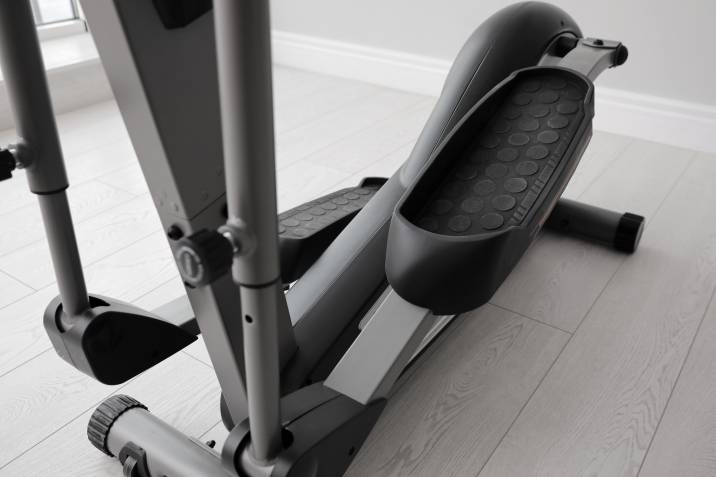
Take note of the type of elliptical machine you have as well; its weight, size, and type will matter when moving due to the number of people, kind of dolly, and moving vehicle you’ll need.
For example, standard elliptical bikes can weigh anywhere from 27 to 204 kilograms (60 to 450 pounds), depending on whether they’re lightweight or heavy-duty. Compact ellipticals, as the name implies, are lighter, weighing 9 to 45 kilos (20 to 100 lbs). Gliding ellipticals lack a flywheel, making them easier to disassemble and lift.
Step 2: Disassemble the elliptical machine
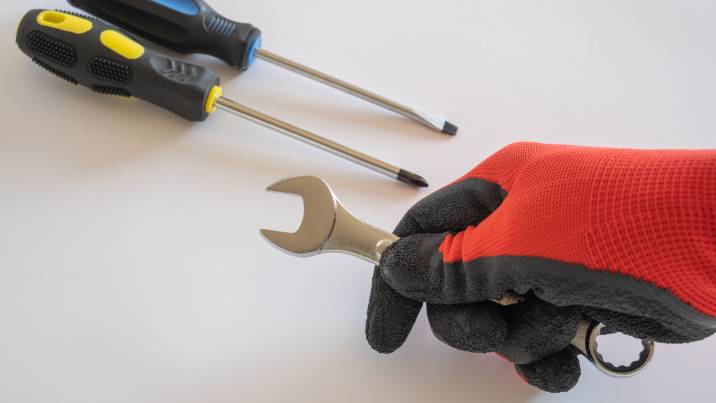
Can you disassemble an elliptical? And is it necessary before moving the machine? You sure can, and here’s why it’s recommended that you do:
Disassembling an elliptical makes moving easier since there are smaller parts to move upstairs, downstairs, or into your moving van. While you can move an elliptical machine without disassembling it, the handlebars and pedals might make it unwieldy. Still, disassembly isn’t 100% necessary.
How to disassemble an elliptical:
If you decide to disassemble your machine, start by taking pictures of the parts. This will help you remember where everything goes and how it all fits together. (This is also a helpful tip for any time you’re moving house and packing up).
Then, gather your instruction manual, wrench, screwdriver, and any other tools the manual requires.
You’ll need to remove the pedals and handlebars and collect all the parts into plastic bags. By the end of this step, you should be left with just the main frame of your elliptical.
Step 3: Secure the parts of the elliptical bike

The next step in how to move an elliptical machine is securing it.
Securing a disassembled elliptical:
Pad the frame with crumpled paper and packing tape.
Tie a moving blanket around the frame to avoid scratches on the machine or any walls/other furniture.
Securing an elliptical without disassembly:
Use straps and ratchet ties to secure the pedals. Lift one side of the elliptical (front or back), place the strap underneath, and then use the ratchet tie to hold the machine’s legs in place.
Avoid putting too much pressure on the arms, which might cause the ratchet ties to slip.
Wrap the parts in crumpled paper or other wrapping materials, and secure them with a moving blanket and packing tape as needed.
If possible, box up the parts, starting with the base, the upright support bar, and the smaller pieces.
You can add padding to the box to make your machine even safer during the move. Don’t forget to secure everything with packing tape!
Step 4: Move the elliptical upstairs or downstairs
How to move a heavy elliptical up or down the stairs, you ask? Keep these tips in mind:
Start with noting where the flywheel is. This is the heavy end of the machine/box.
Have your moving buddy grab one end and slowly ease your way through the staircase.
If you’re moving downstairs, it’s best to have the flywheel towards the lower end of the staircase for better control.
It’s also best to have someone else spot you and your moving buddy as you navigate the stairs.
Moreover, when moving a heavy elliptical bike, stand next to it and have your moving buddy stand on the other side. Lift at the same time.
Unsure about whether you can handle this DIY style? If in doubt, you can hire a Tasker to do the heavy lifting.
How to move an elliptical to a different location
When moving your elliptical from one location to another, use a furniture dolly as much as possible:
Once you’ve packed up the machine, centre it on the dolly and secure it using straps or ties.
Use the dolly to load the elliptical onto the moving van or truck.
Once you get to your destination, unload the dolly from the vehicle. Then, you and your buddy can unload the machine and start setting it up. Just take out your instruction manual, tools, and the photos you took earlier!
No time to disassemble and pack the elliptical yourself? Hire a Tasker to help you out!
Moving your home gym is now easier since you know how to pack and transport your machine! And while you can save a bit of time and money doing this the DIY way, hiring expert fitness equipment removalists can save you time and may even be safer than doing the lifting and moving yourself.
Weights, ellipticals and treadmills aren’t the only items Taskers can move! You can also book appliance removal services to take charge of securing, loading, and unloading your fridge, TV, and more.
FAQs on moving an elliptical bike
Ideally, you should have at least two people to help you move your elliptical bike. You’ll need one person to help you lift the machine or machine frame and another to spot you while moving the machine up or down the stairs.
Ellipticals can be easy to move if they’re on the lightweight end and easy to disassemble. On the other hand, machines that are heavier and/or are harder to disassemble are more difficult to move.
Standard ellipticals weigh anywhere from 27 to 204 kg (60 to 450 lbs), depending on whether they’re lightweight or heavy-duty. Lateral ellipticals are on the heavier side, from 56 to 131 kg (125 to 290 lbs), while compact ellipticals can be as light as 9 to 45 kg (20 to 100 lbs). Lastly, elliptical gliders (those without a flywheel) weigh 22 to 45 kg (50 to 100 lbs).
The heavier your machine, the more complex the move will be. But having a larger dolly, vehicle, and additional fitness equipment movers can help.
Besides a home gym, the bedroom, basement, garage, or living room are ideal spots for your elliptical machine. You can place the elliptical in your living room if you have lots of space. If you’re worried about it clashing with your decor, you can always section the area off with a screen, shelves, or dividers. The basement or garage is a great alternative for exercising in peace, away from busier areas like the living room. You can even opt to transform your garage into a home gym!
When selecting a location, ensure that the floor is stable enough to support the machine’s weight, you have a clear path to move the machine there, and an electrical outlet is available (for models that are not self-powered). If in doubt, consult a gym assembly expert to help you pick a spot for your elliptical machine.
Find fitness equipment removalists, fast
Find a fitness equipment removalist
Related articles

How to move a vending machine
Read more

How to pack bedding for moving
Read more

How to move a pinball machine
Read more

How to wrap furniture for moving
Read more

How to pack a moving truck
Read more

Moving interstate checklist
Read more

What removalists won’t move
Read more
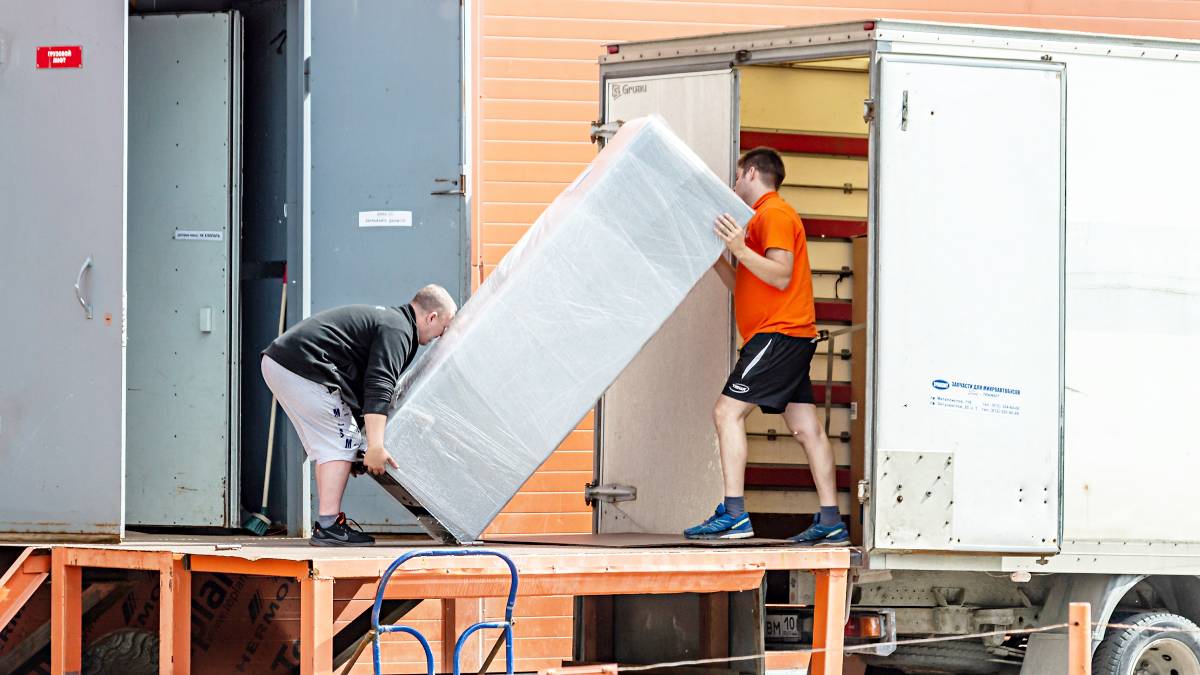
Moving a fridge: How to do it right
Read more

A guide to becoming a removalist
Read more

How much do removalists make?
Read more

Tips for moving house with kids
Read more
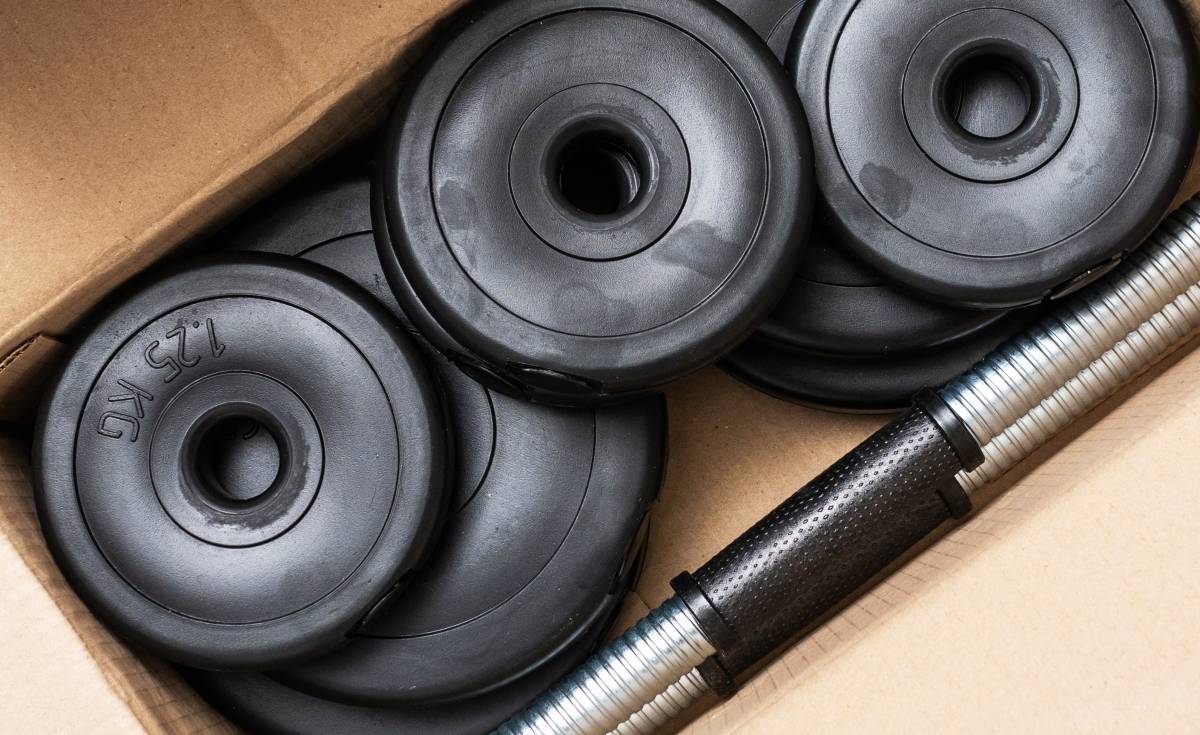
How to move gym equipment safely
Read more

How to pack books for moving
Read more

How to pack kitchen items
Read more

How to pack artwork for moving
Read more
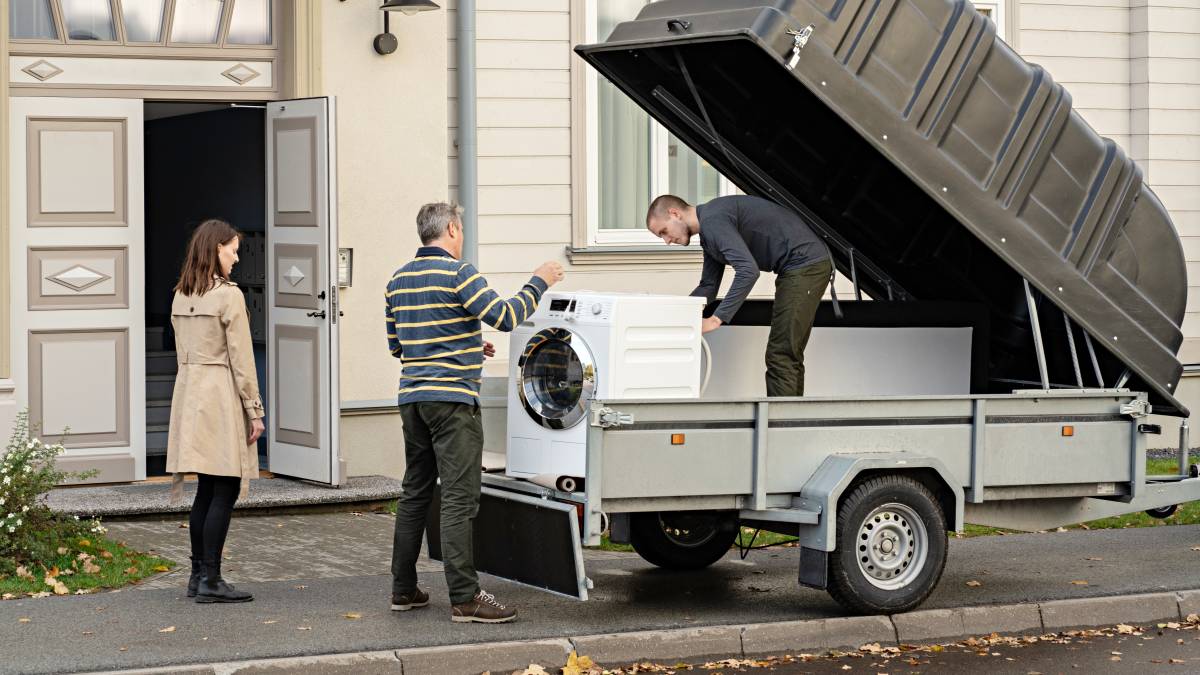
How to move a washing machine
Read more

How to move a shed
Read more

How to move a pool table
Read more
Related price guides

How much do removalists cost?
Read more

How much does it cost to move house?
Read more

How much do packers cost?
Read more
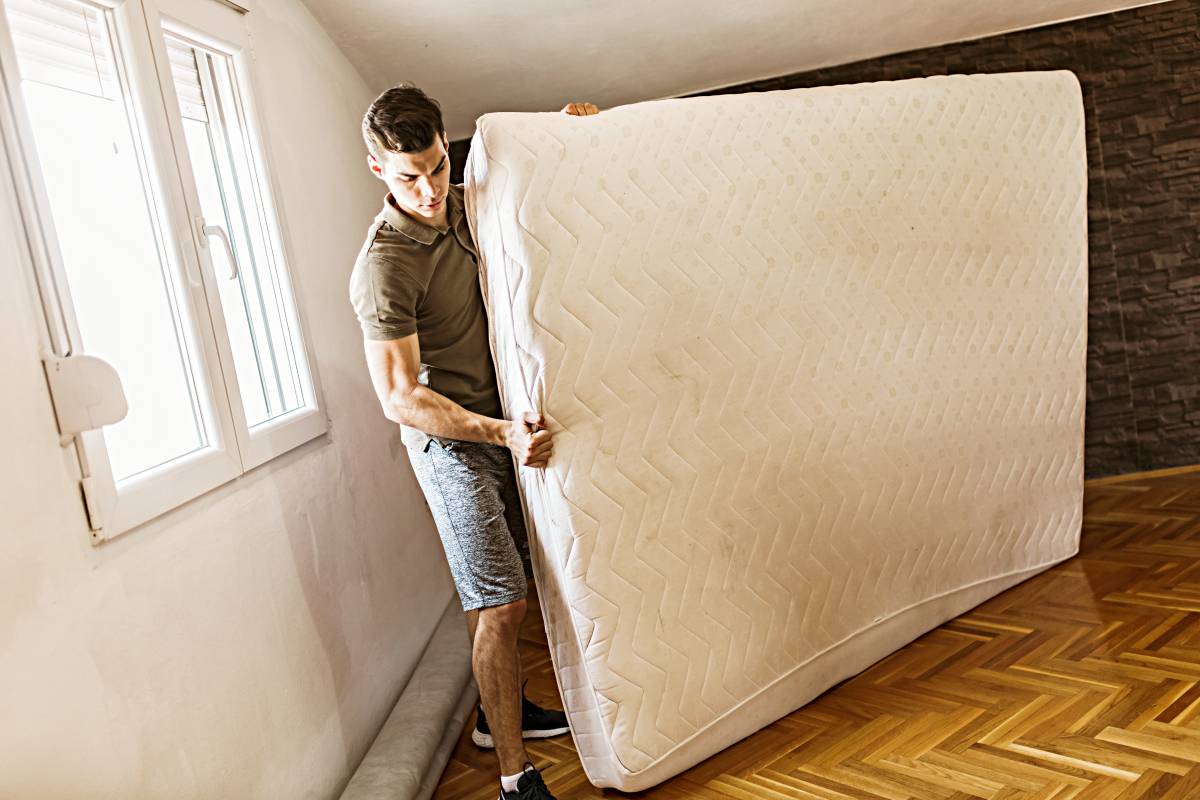
How much does mattress removal cost?
Read more

How much does shed removal cost?
Read more

How much does piano moving cost?
Read more

